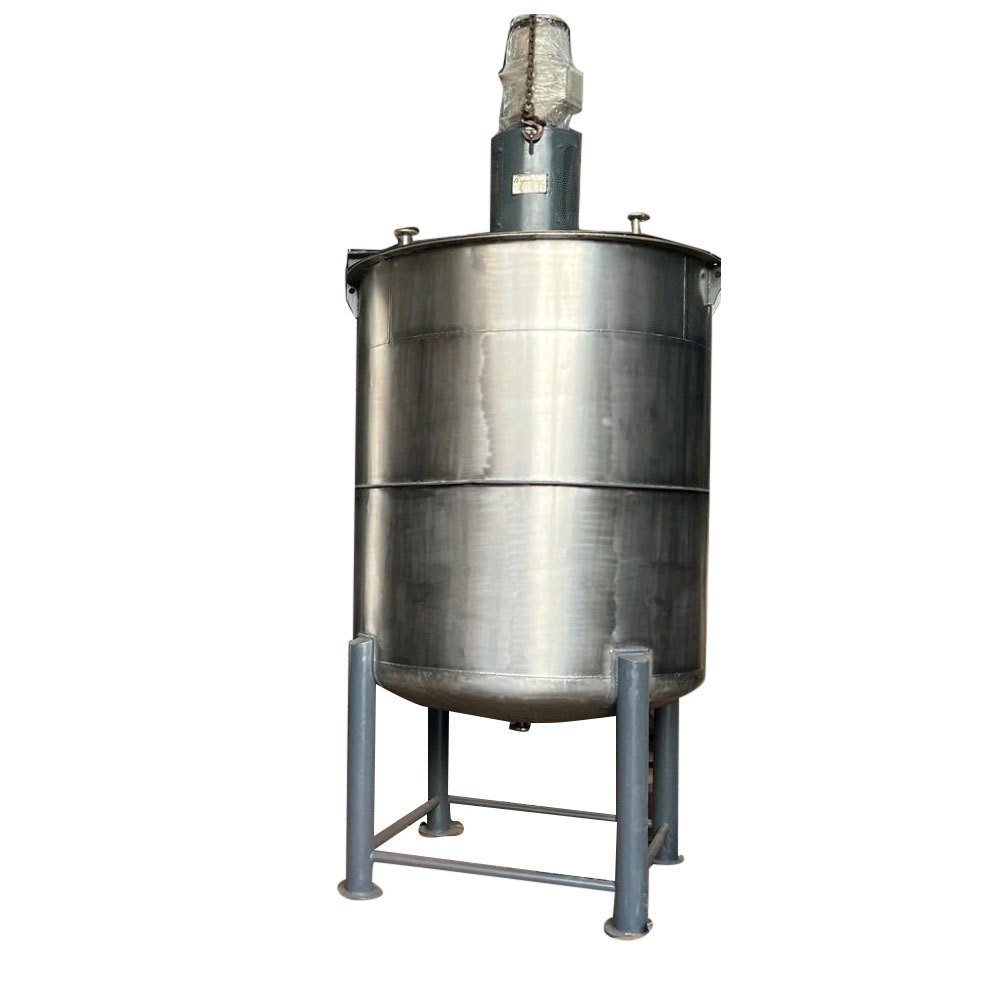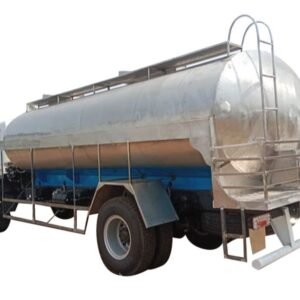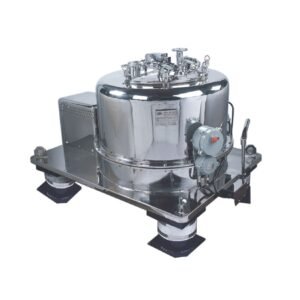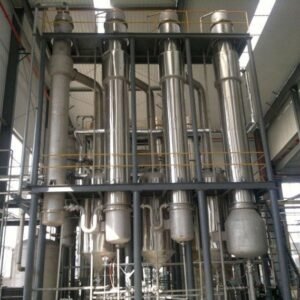Description
A reactor vessel is a crucial component in chemical, pharmaceutical, petrochemical, and many other industrial processes. It is designed to provide a controlled environment for chemical reactions to occur. These vessels are engineered to handle various conditions such as temperature, pressure, and mixing requirements, ensuring that chemical reactions proceed efficiently, safely, and under optimal conditions.
In essence, a reactor vessel is the container where raw materials are converted into desired products, often through complex chemical reactions such as synthesis, polymerization, combustion, or fermentation.
How a Reactor Vessel Works
The core function of a reactor vessel is to provide an environment where reactants can be converted into products through chemical reactions. Here’s how it generally works:
-
Feed Introduction: The raw materials, also called reactants, are introduced into the reactor vessel through an inlet. These reactants can be liquids, gases, or solids, depending on the type of reaction.
-
Controlled Environment: Reactor vessels are designed to maintain a controlled environment for the reaction to occur. This may include temperature regulation (through heating or cooling), pressure control (through pressurization or depressurization), and ensuring the correct mixing of ingredients.
-
Chemical Reaction: Inside the reactor vessel, reactants undergo a chemical reaction facilitated by various factors like temperature, pressure, catalysts, or mixing. These reactions often take time, and the rate of reaction depends on factors such as concentration, temperature, and the presence of catalysts.
-
Energy Transfer: In many reactions, energy is either released or absorbed. The reactor vessel is designed to manage this energy exchange. It may be equipped with heat exchangers or jackets to remove excess heat from exothermic reactions or to supply heat to endothermic reactions.
-
Product Removal: Once the reaction has occurred, the products are removed from the reactor. The products can be in the form of gases, liquids, or solids. In some cases, the reactor vessel may include mechanisms to separate or purify the products from byproducts or unreacted materials.
-
Post-Reaction Handling: After the reaction is complete, the products may undergo further treatment, separation, or purification, which could involve distillation, filtration, or other downstream processes.





Reviews
There are no reviews yet.